Waking up at the same time every day? Consistent and prolonged awakenings can be due to factors other than your environment. Underlying sleep disorders, uncontrolled stress or anxiety, aging, and hormonal imbalances could result in waking up at the same time every day. We'll explore these and other potential causes, including genetics, and how to fix it.
Nocturnal awakenings, or waking up in the middle of the night, are relatively common. Many awakenings even go unnoticed as most people fall back asleep quickly.
According to the Sleep Foundation, more than 35% of people wake up during the night at least three times a week.
Environmental disturbances such as traffic noise, a partner snoring, room temperature changes, etc., can wake you up while you’re sleeping. However, in most cases people fall back asleep very quickly.
When awakenings occur very frequently or at the same time every day, or if you struggle to go back to sleep when awakened, it may indicate an underlying problem.
Several factors can contribute to why you randomly wake up in the middle of the night.
People go through four stages of sleep, with each cycle lasting between 90-120 minutes.
The third stage of sleep, called the slow-wave sleep, is the deepest stage. The fourth stage is characterized by rapid eye movement, commonly called REM sleep.
Sleep experts suggest that at this stage, brain activity is almost as high as it is when awake.
Awakenings typically happen after this, and when you fall back asleep, the cycle restarts.
Hence, if you typically sleep around the same time, these awakenings can happen at the same time.
Several sleep disorders like insomnia, restless leg syndrome, and sleep apnea can result in difficulty falling asleep, difficulty staying asleep, or random sleep interruptions.
Stress and anxiety activate the body’s fight-or-flight response.
This heightened state of arousal can lead to increased heart rate and muscle tension, making it harder to stay asleep.
Stress can disrupt your circadian rhythm, leading to a pattern of waking up at the same time nightly.
As people age, their circadian rhythms often shift forward, leading to earlier bedtimes and wake times. This is known as advanced sleep phase syndrome.
Older adults experience more fragmented sleep, which contributes to increased awakenings throughout the night.
Further, age-related chronic conditions like arthritis, heart disease, and urinary incontinence can cause pain or discomfort, leading to more frequent awakenings.
Some OTC and prescription medications are known to cause sleep disturbances.
The common ones include:
Hormonal changes associated with pregnancy, perimenopause, and menopause can interfere with good sleep.
For example, progesterone enhances the activity of a brain chemical called GABA, which promotes sedation and relaxation. Towards menopause, progesterone decreases, lowering GABA and leading to increased wakefulness.
Many of these factors contributing to nighttime awakenings can be alleviated or fixed with simple lifestyle changes.
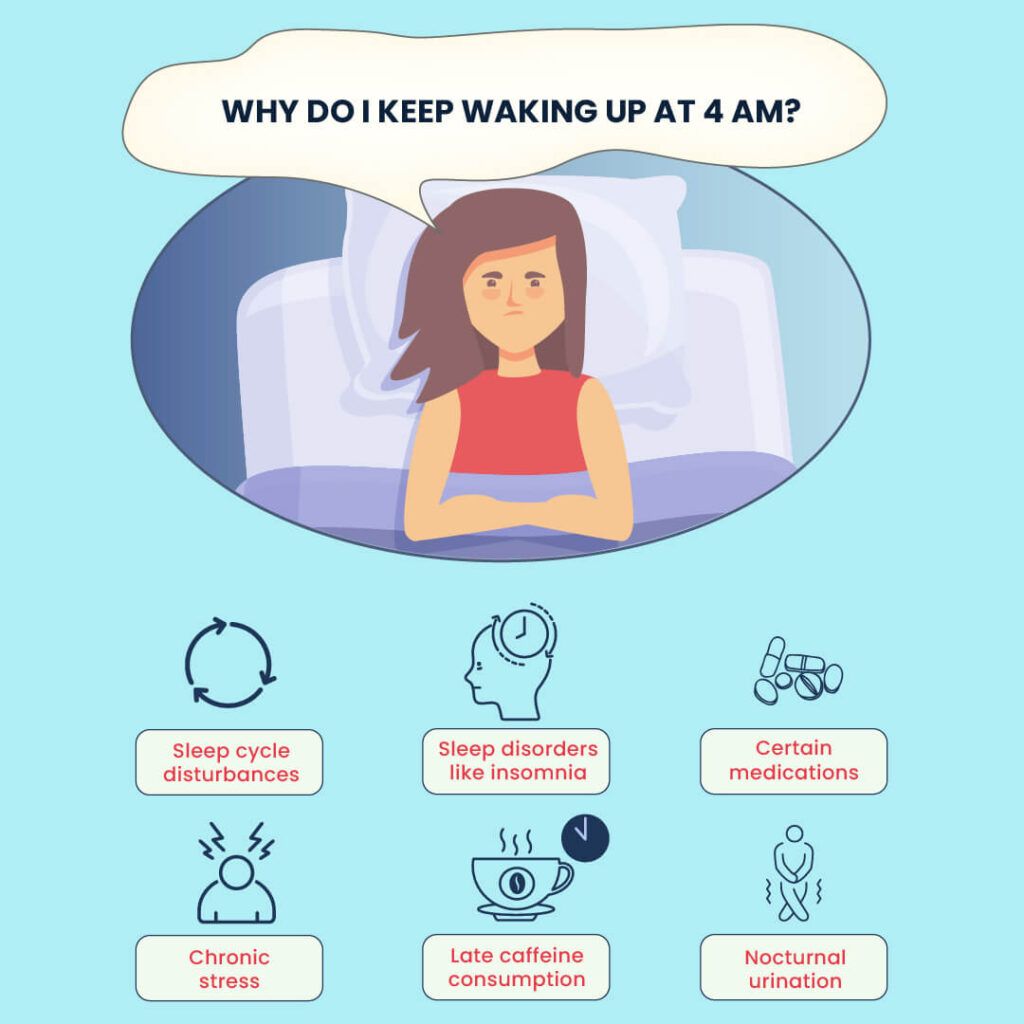
Most of us wake up at least once every night but usually return to sleep immediately.
It’s a normal part of our natural sleep cycle.
With age, sleep patterns change, and the brain adapts.
Consult a doctor if you wake up several times at night and have sleep issues that regularly impact your day.
Waking up at the same time every night or experiencing disturbed sleep can be a byproduct of many sleep aspects, including circadian rhythm and sleep disorders.
No single gene directly determines your likelihood of waking up at 4 AM each night.
Your genetics may still contribute to this issue by influencing several aspects of sleep health.
Did You Know?
Sleep disturbances could strongly affect your well-being.
Diet and lifestyle matter, but it's essential to understand how genes factor in. Learn more:
Here are a few easy-to-follow (some of them well-known) tips to improve your sleep:
If your sleep disturbances are even more profound, try monitoring your sleep habits. Track your daily habits, changes in habits, and the corresponding sleep disturbances or lack thereof.
Once you identify the trigger, you can get management aids that can help you sleep better.
Finally, for problems like insomnia, apnea, hormonal changes, etc., consult a sleep specialist. They may recommend techniques like cognitive behavioral therapy or strategic light exposure to help you sleep better.
At 4 AM, melatonin levels drop, and cortisol levels rise.
Since cortisol is the stress hormone, you may feel stressed or anxious at 4 AM.
A warm bedroom environment is usually the culprit.
Sometimes, medications or medical conditions could affect your body’s temperature regulation.

Can Lack Of Sleep Cause Nausea? Know How To Prevent It
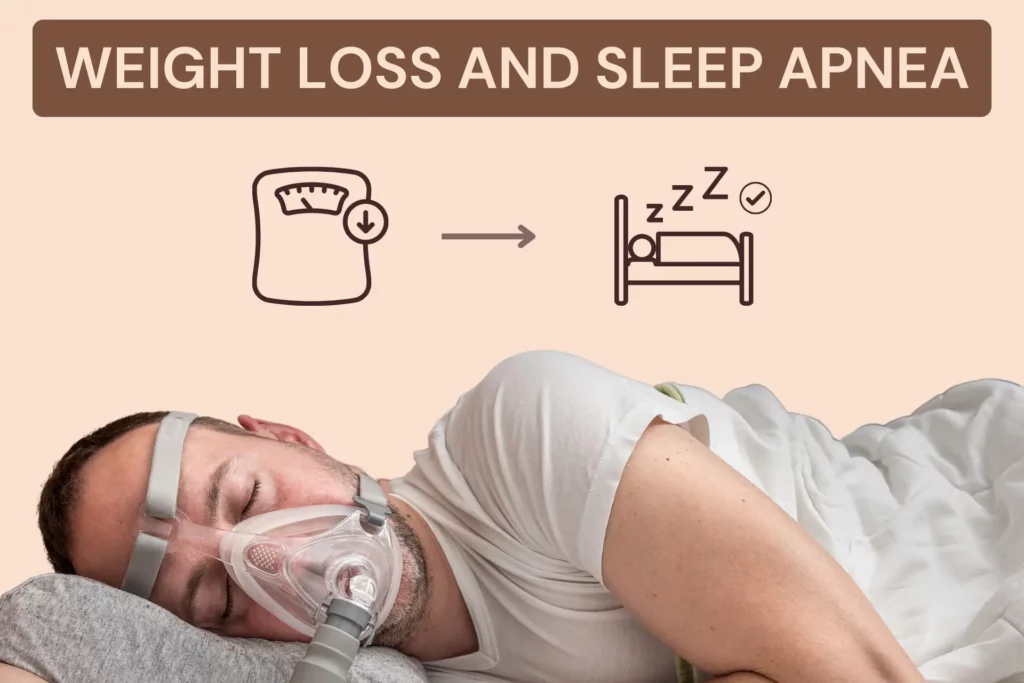
Could Weight Loss Be The Most Effective Treatment For Sleep Apnea?

Is Sleep Meditation For Anxiety Effective?
Photographic memory is a rare and mysterious cognitive ability that allows people to remember images and objects in detail. It’s a rare phenomenon in which someone can retain an enormous quantity of information, whether it be images, sounds, or words. Photographic memory was first documented by a Harvard vision scientist named Charles Stromeyer III in early 1970 about a student named Elizabeth. Some believe that photographic memory is a real phenomenon, while others believe it’s just an exaggeration or myth. Another school of thought is that photographic memory could be genetic, where having a few gene changes may help retain information better. This article explores whether there is such a thing as photographic memory and the genetic landscape of it.
Why do we remember some things more distinctly than others? And why do some memories fade?
Answering these questions requires us to look into how memories are formed in the first place.
Our daily experiences are converted into pulses of energy that travel along the neuron network and form short-term memories first.
These are available for a few seconds or a few minutes.
They then get converted into long-term memories through certain brain areas like the hippocampus.
Finally, they reach the storage regions present in the brain.
With the help of brain chemicals called neurotransmitters, neurons communicate with each other in regions called synapses.
Continuous communication between two neurons increases efficiency, a process described as long-term potentiation.
This phenomenon helps store long-term memory.
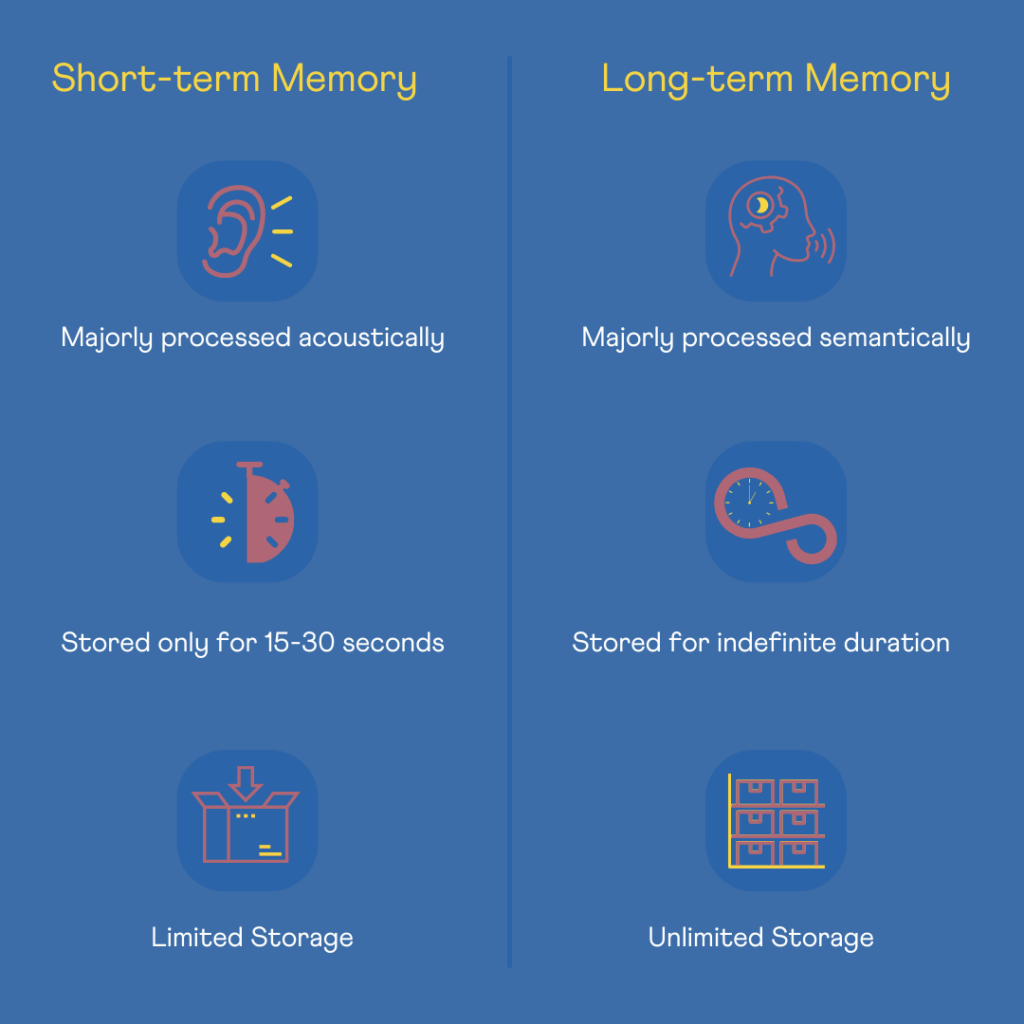
While ongoing research indicates that some may be genetically "blessed" with greater memory and recall powers, there's no concrete evidence that suggests photographic memory is genetic.
The common impression of photographic memory is that some people can take a mental snapshot of whatever is in front of them and retrieve it from memory, zooming in and out of various parts.
However, the true existence of photographic memory has not been proven till now.
What people mostly refer to as photographic memory is, in fact, eidetic memory.
Eidetic memory is “the ability to recall an image from memory with high precision for a brief period after seeing it only once, and without using a mnemonic device.”
This memory lasts less than one second for most people and a few seconds for others.
Genetic Influences On Memory
*Dopamine is a neurotransmitter linked with learning and memory
Episodic memory is the ability to recall and mentally re-experience specific episodes from one's past.
Despite these findings, true photographic memory is extremely rare and not fully understood.
Most cases of exceptional memory, such as those seen in individuals with hyperthymesia (highly superior autobiographical memory), do not necessarily equate to photographic memory.
For instance, Jill Price, known for her remarkable memory, can recall detailed personal experiences but does not possess photographic memory in the traditional sense.
Memories also depend on other lifestyle and environmental factors like diet and educational attainment.
As we age, the synapses become weak, making it difficult to retrieve information.
According to studies, the hippocampus loses 5% of its neurons every decade after age 40, resulting in a 20% loss by 80 years.
There may also be a loss of neurotransmitters.
Other mental and physical health conditions associated with aging can also be why memories get lost.
Chronic stress is another major contributor to memory issues.
The body releases a surge of hormones, enabling us to wave through stressful situations.
However, chronic stress continually exposes the body to this flood of hormones.
This may result in the loss of brain cells and block the formation of new ones, making it difficult to retain information.
Depression is another condition associated with memory problems.
The low levels of serotonin seen in individuals with depression can make it difficult for a person to pay attention to new information.
People with depression may be 40% more likely to develop memory and cognition-associated problems.

How Does Anxiety Affect Your Brain?
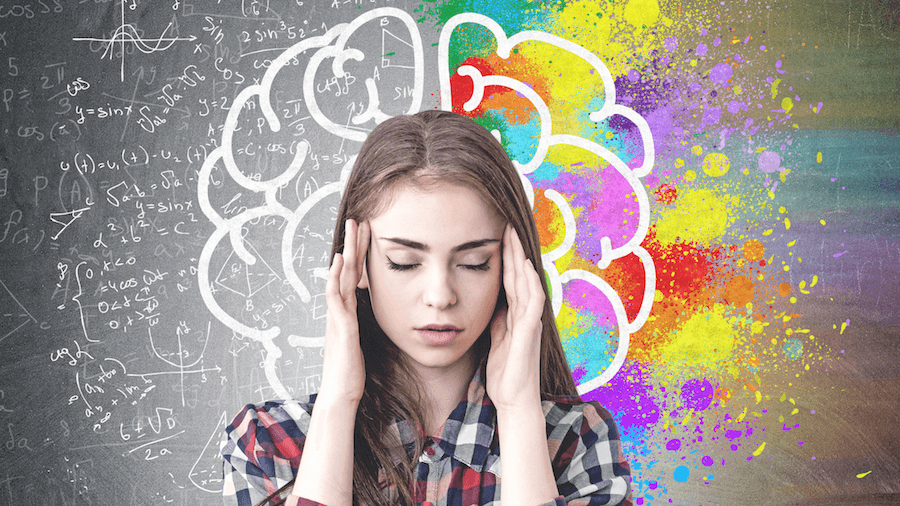
Top 7 Vitamins and Nutrients For Clearing Brain Fog

NMN Benefits: The Top 7 You Need To Know In 2024
https://www.ncbi.nlm.nih.gov/pmc/articles/PMC2596698/
https://www.eurekalert.org/news-releases/644739
https://en.wikipedia.org/wiki/Eidetic_memory
In a room of 25 people, chances are, only two people are likely to be left-handers. Handedness is the preference for one hand over the other for everyday tasks like eating or writing. There are three types of handedness – Left-handedness, right-handedness, and mixed-handedness (an equal preference for either hand). Data collection studies say that about 12% of the world’s population is left-handed, and about 1% is mixed-handed. Biologically, handedness could have a link to the coordination and function of your brain's right and left hemispheres. This article will explore the genetics behind handedness and why there are so many more right-handers than left-handers.
Handedness refers to an individual’s preference to use one hand (called the dominant hand) over the other for tasks like writing, eating, cutting with scissors, etc.
Globally, more than 85% of people are right-handed.
Left-handedness is a fairly rare trait with a prevalence of under 15%.
Mixed-handedness is defined as preferring different hands for different tasks, and ambidextrousness is the ability to perform tasks equally well with either hand.
The widespread prevalence of right-handedness suggests that it could be beneficial but also begs the question of how left-handedness originated.
Typically, the left and right hemispheres of the brain handle different activities.
For example, the left hemisphere is the language center and is responsible for formulating grammar and vocabulary.
The right hemisphere is involved more with visual processing and spatial sense.
Michael Corballis, PhD, a psychologist at the University of Auckland in New Zealand and a brain hemisphere specialist, mentioned to APA - “There's an advantage to cerebral dominance because it localizes function to one hemisphere; otherwise, information has to cross back and forth across the corpus callosum, and that can sometimes cause problems."
It is suggested that during early development, small variations—due to genetics, hormones, or even random "developmental noise"—can influence how the brain organizes itself.
For some people, these variations lead to a preference for using the left hand.
Twin and family studies suggest that genetics plays a role in handedness.
They report that up to 40 genes could lead to handedness through common genetic influence.
Their effect on handedness is cumulative; no single gene decides handedness.
Each of these genes exerts a small and weak influence, but together play a big role in hand preference.
Scientists have only identified a few of these genes.
One gene of interest is NME7 (NME/NM23 Family Member 7).
This gene regulates the position of organs along the left/right axis of the body.
It likely plays a role in body symmetry and your tendency to prefer your left hand.
Left-handedness persists as a minority trait in human populations due to a combination of genetic, neurological, evolutionary, and cultural factors.
Left-handedness has links to increased risks for some health conditions.
However, the strength of evidence and validity of some findings remain dubious.
Here are some key findings from scientific studies:
Inflammatory bowel disease: Left-handers have a 2x higher risk of developing Crohn’s disease or ulcerative colitis.
Cardiovascular disorders (CVD): A 2023 study by the Medical College of Georgia reported that vascular endothelial function and heart rate variability are lower in southpaws than in right-handers. This supports the increased risk of CVD in left-handers.
Breast cancer: Postmenopausal left-handed women have a higher incidence, possibly linked to prenatal estrogen exposure.
Recommended for you: Can Your Dominant Hand Affect Your Grip Strength?
Two right-handed parents could have a left-handed child if they are both carriers of the left-handed gene without expressing it themselves. They could pass on one allele each to their child.
Within a year, at about 10-11 months, infants develop a preference for one hand over the other. This preference stabilizes over the next year or so.
A 2019 study reported no significant difference in the IQ of left- and right-handed individuals in a population.

Is Curly Hair Genetic? How DNA Affects Your Hair Type

Is Height Genetic?

Are Cavities Genetic? The Root Cause
As someone who can devour a plate of buffalo wings without breaking a sweat, I often find myself puzzled by my friends' reactions to spicy food. While I enjoy the spicy kick, they’re left gasping for water, tears streaming down their faces. This stark contrast sparked my curiosity about what really determines our spice tolerance. After diving into some fascinating research, I discovered that our ability to handle heat isn’t just about taste preferences—it has a significant genetic component!
The taste buds present on our tongue can taste salty, sweet, or sour foods.
However, there are no receptors to taste spicy food.
Therefore, the heat you feel from spicy food is a pain sensation.
Chilli peppers have a component called Capsaicin that makes them hot and spicy.
This component binds with a receptor called TRPV1 on the tongue, giving a heat sensation.
This receptor is involved in regulating your body temperature.
Repeated exposure can gradually make this receptor less sensitive.
Spice tolerance has a lot to do with genes.
In fact, a study has reported that up to 58% of differences in spice tolerance among individuals can be attributed to genetics.
While there may not be a single gene contributing to spice tolerance, it is hypothesized that people with higher tolerance have fewer TRPV1 receptors on the tongue.
This means that they may be less sensitive to the burning and painful feeling of spice and can thus enjoy it more.
However, the good news is that spice tolerance is something that can be built with repeated exposure.
When you consume spicy foods regularly, you desensitize the receptors which will allow you to enjoy them without the burning sensation.
Spice tolerance might have a surprising connection with personality.
People who are thrill seekers and are more adventurous might like spicy food.
People who take more risks and enjoy otherwise scary situations like an extreme roller coaster ride might like spicy food.
People who love spicy food and don't find it painful have fewer Capsaicin receptors.
It is not that they cannot taste the spiciness altogether, but they feel less pain and heat.
Over time, eating spicy food can desensitize nerve endings, resulting in a higher spice tolerance.
People from Mexico, Korea, or India are naturally more tolerant of spicy food because they consume them regularly.
They have become desensitized to the pain from a young age.
Building your spice tolerance is not only possible but can also be an enjoyable journey! Here are some effective strategies to help you gradually increase your ability to handle spicy foods:
Begin by incorporating small amounts of spicy ingredients into your meals.
This could be as simple as adding a pinch of chili flakes to your pizza or a dash of hot sauce to your soup.
The key is to start with a level of spiciness that is manageable for you and slowly increase it over time.
Regularly consuming spicy foods can help desensitize your TRPV1 receptors.
The more frequently you expose your taste buds to spice, the more accustomed they will become.
Over time, this repeated exposure can lead to a higher tolerance, allowing you to enjoy spicier dishes without discomfort.
Combining spicy elements with familiar flavors can make the transition easier.
For instance, try mixing spicy salsa with guacamole or adding chili powder to a dish you already love.
This way, you can enjoy the flavor of spice without overwhelming your palate.
Not all spicy foods are created equal.
Some spices provide heat without intense burning sensations.
For example, try milder peppers like poblano or Anaheim before tackling hotter varieties like jalapeños or habaneros.
This variety can help you find a comfortable entry point into the world of spice.
When consuming spicy foods, have dairy products like yogurt or milk on hand (not recommended if you are lactose intolerant).
Dairy contains casein, which binds to capsaicin and helps neutralize its effects.
Staying hydrated is also essential, as it can alleviate some of the discomfort associated with eating spicy foods.
According to a recent report by Technomic, Asians appear to have the highest spice tolerance, while Caucasians, have the least.
It is a mix of both nature and nurture. Some may be born with fewer spice receptors in their tongue, which makes them less sensitive to the burning sensation of spice. Repeated exposure to spice right from a young age can also build up spice tolerance.
A 2014 study revealed that higher salivary testosterone levels were associated with higher consumption of hot sauce and lower self-reported perception of spiciness. However, more research needs to be done to check if this theory has any merit.
Spice tolerance is mainly genetic.
Capsaicin, the spice component found in chili peppers, can elicit pain when binding to the TRPV1 receptors.
People who have fewer TRPV1 receptors are less sensitive to spicy food.
Spice tolerance also has a lot to do with someone's personality.
Spice tolerance can be gradually built by eating small amounts of spicy foods over time.
http://www.sciencedirect.com/science/article/pii/S0031938412003095

How Genes Influences The Tendency To Prefer Bitter Foods?
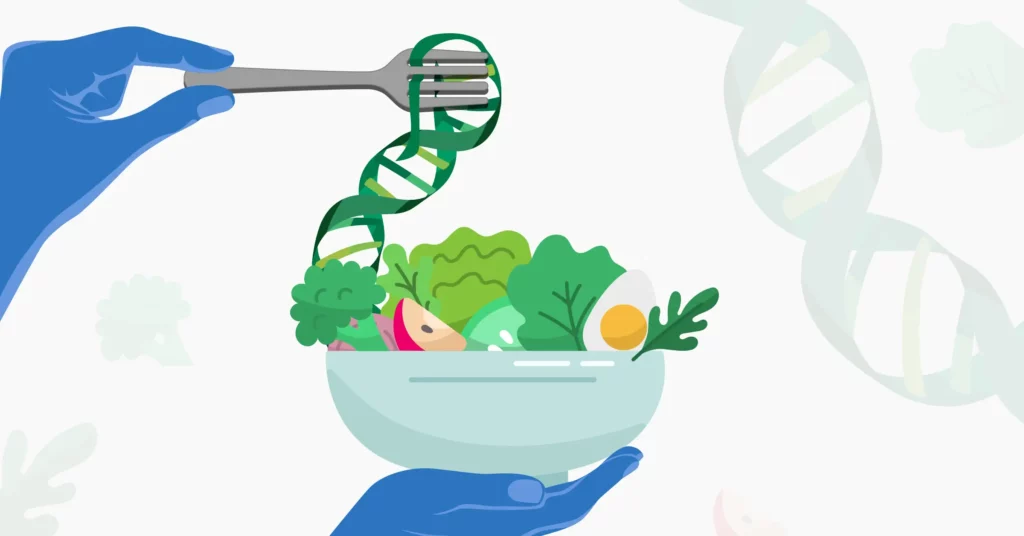
How Nutrigenomics is Changing the Way We Think About Food
It is always interesting to know more about your own history and ancestors. Learning about your past can be a fascinating and soul-stirring journey.
Your geographical origin pertaining to specific populations is referred to as ethnicity.
AncestryDNA offers an in-depth analysis of your DNA and helps you understand more about your family tree, and origins or find lost relatives.
So far, ancestry DNA has limited samples that have helped people determine where they belong.
In the latest update, AncestryDNA has announced its ethnicity update and added new regions in Asia, Africa, and Oceania.
Their vast collection of family trees also helps improve results with family histories spanning various regions worldwide.
This makes ancestry DNA’s ethnicity tests more precise.
This is for people who already have an AncestryDNA kit. This feature allows you to explore your family history using all the features that are included in the subscription.
After two weeks, you will be charged a monthly fee according to the plan you have chosen:

Asia
Europe
Did You Know? You can use your AncestryDNA test data to get up to 11 additional health and wellness reports from as low as $30. No new DNA test required. Reports within 24 hours.
According to the AncestryDNA website, "Storymaker Studio is a collection of tools to help you create, share, enhance, and preserve audio, images, and family stories." It includes the following tools:

Here’s what changed with AncestryDNA’s August 2022 update:
By adding more regions in Asia and Africa and splitting Oceania into Eastern Polynesia and New Zealand Maori, eight new areas were added, namely:
At AncestryDNA, their goal is to represent the world as fairly as possible.
Since people have always been and continue to move from one place to another, representing ethnic regions becomes crucial to determining where your ancestors lived and belonged.
AncestryDNA has divided the Oceana region into Eastern Polynesia and New Zealand Maori regions to make ethnicity results more accurate and precise.
These two regions were made to provide more precise results of both the Hawaiian and New Zealand Maori heritages.
However, it is essential to remember that since Eastern Polynesian indigenous populations (who descended from West Polynesia), people with Hawaiin and Maori heritage have some percentage of other East Polynesian regions in their results.
This update aims to increase precision and provide information about different ethnicities.
The update saw more addition of samples to the reference panel to expand the number and diversity of populations for comparing users’ DNA.
Further, AncestryDNA updated the DNA algorithm to provide more precise ethnicity estimate results.
This can result in new regions or changes in your percentages.
AncestryDNA’s latest update has added more unique profiles and different regions of the world to differentiate neighboring regions better and improve existing ones.
With the latest update, people with Indigenous roots in Cuba, Haiti, or the Dominican Republic will notice more improvements.
Similar improvements will also be seen in people from the following regions:
Source: AncestryDNA YouTube Channel
Disclaimer: We are not affiliated with AncestryDNA and do not have partnerships with them of any nature. This article is intended for informational purposes only.
Existing customers who already have their AncestryDNA ethnicity profiles may see changes or updates in their ethnicity percentage with this new update.
This is because their recent update expands the number and diversity of populations they compare your DNA to during the test.
The last update was in September 2024. Typically the updates are done during fall. So the next ancestry DNA update will likely be in July, August, or September of 2025.
AncestryDNA typically updates their results once every year.
Many Americans may be MTHFR deficient and unaware of the same. MTHFR gene mutations can lead to nutritional deficiencies, fatigue, mental health issues, cardiovascular problems, and even neural problems in growing fetuses.
MTHFR deficiency can be handled with dietary supplements. Keep reading to learn the best multivitamins for MTHFR mutations and ways to combat the effects of the mutated gene.
The MTHFR (methylenetetrahydrofolate reductase) gene provides instructions for the production of the methylenetetrahydrofolate reductase enzyme.
This enzyme helps process various amino acids in the body. Amino acids are the building blocks of proteins.
The MTHFR enzyme helps convert an amino acid called homocysteine to methionine.
Methionine is an essential amino acid involved in hundreds of everyday operations at the cellular level.
The MTHFR enzyme also converts one form of folate (5,10-methylenetetrahydrofolate) into the active form called 5-methyltetrahydrofolate so the body can use it.
Certain variations in the MTHFR gene can lead to MTHFR deficiency.
This condition is caused by low levels of MTHFR enzymes in the body due to impaired functioning of the MTHFR gene.
People with MTHFR gene mutations may have high levels of homocysteine and low serum folate levels.
One commonly noted Single Nucleotide Polymorphism (SNP) in the MTHFR gene is rs1801133.
People carrying the TT genotype of this SNP may have significantly high levels of homocysteine and lower levels of serum folate.
According to studies, about 25% of Hispanics and 10-15% of Caucasians in North America are born to have the TT genotype of this SNP and have an increased risk of developing MTHFR deficiency.
MTHFR mutations affect the ability of the body to convert folate into its usable form. So, people with MTHFR mutations may have folate or vitamin B9 deficiency.
Vitamin B12 requires the active form of folate to be absorbed by the body. As a result, folate deficiency can, in turn, lead to vitamin B12 deficiency.
While the MTHFR mutation doesn’t directly lead to vitamin B6 (pyridoxine) deficiency, there may be connections between these two.
A 2016 study reports that pyridoxine may help better recycle folate in the body and improve folic acid metabolism.
As a result, vitamin B6 may bring down the buildup of unmetabolized serum folic acid levels.
MTHFR mutations may cause B complex and other nutritional deficiencies. These may lead to various health conditions, including the following.
The risk of developing the conditions depends on the type of MTHFR mutation present.
Methylated vitamins are specially formulated versions of certain B vitamins, like B12 and folate (B9), that are more easily absorbed and utilized by the body.
For some people, especially those with specific genetic variations, regular forms of these vitamins might not be efficiently processed, leading to deficiencies despite adequate intake.
Since MTHFR mutations affect the way the body processes certain vitamins, one of the important ways of handling the condition is nutritional supplementation.
Methylated vitamins are some of the best multivitamins for MTHFR mutation. It is advised to consult with your doctor before you start on any new supplements.
Since people with low levels of the MTHFR enzyme cannot process folate, they may benefit from picking up methyl folate supplements.
Methylfolate is a reduced and more active form of folate that the body can readily use.
Active vitamin B12 is B12 attached to a carrier protein called transcobalamin. This protein in the body helps transport vitamin B12 to the tissues.
This form of B12 is easily absorbed by the system, despite the levels of the MTHFR enzyme.
Pyridoxal-5-Phosphate (P5P) is an active form of vitamin B6 available as a supplement.
Like the other B complex supplements above, the active form of this vitamin is readily absorbed by the body and helps prevent vitamin B6 deficiency in people with MTHFR mutations.
Women with specific MTHFR gene mutations may have a higher risk of developing vitamin D deficiency.
A 2020 study reports that women with the homogenous MTHFR 677TT mutation had lower vitamin D levels than those with the CT and CC genotypes.
As a result, women with a mutated MTHFR gene may benefit from getting their vitamin D3 levels checked regularly to ensure they aren’t deficient.
NAC is an antioxidant and FDA-approved drug derived from the amino acid L-cysteine.
It is commonly used to treat respiratory conditions.
According to studies, NAC may help lower elevated levels of homocysteine in the body, helping convert this amino acid into its active proceeding form.
Glutathione is a type of antioxidant produced in all the cells in the body.
It plays vital roles, including eliminating free radicals, maintaining mitochondrial DNA, helping detoxify the body, and acting as a cofactor for different enzymes.
Homocysteine must be converted into its active form, cysteine, which is then required to produce glutathione.
In people with MTHFR mutation, homocysteine conversion doesn’t happen. This may lead to glutathione deficiency too.
While the MTHFR mutation does not cause magnesium deficiency, this mineral may help reduce cardiovascular risk in people with this gene mutation.
MTHFR mutation increases the risk of heart attacks and strokes. Magnesium can reduce these risks.
Migraines are also a common side effect of low levels of MTHFR enzymes, and magnesium helps with migraines too.
Methylated multivitamins may offer benefits like better energy levels and increased mental clarity for kids, especially those with MTHFR mutations.
However, multivitamins can have side effects like headaches and stomach issues.
Consult a qualified pediatrician before starting your kid on any supplements.
While folic acid is often discussed in the context of pregnancy and for females, the benefits of methylated vitamins for men are not out in the open.
However, excessive intake can lead to side effects, and folic acid can interact with certain medications. It's important to consult a healthcare provider before starting any supplementation regimen.
Some potential benefits include:
Vitamin B12 shots may be one of the best ways to improve B12 absorption by the body.
When compared to oral B12 supplements, shots are quick-acting. These don’t have to be taken as frequently as oral supplements too.
Different types of B12 shots are available, and your doctors may be able to identify the best one for your needs.
The MTHFR A1298C variant may increase the risk of colon cancer and schizophrenia.
A supplement composition of vitamin B6, B12, folate, and glutathione or methionine may benefit people with the MTHFR A1298C variant and reduce cancer and mental health risks.
Individuals with the MTHFR C677T variant may have higher homocysteine levels in the body. Vitamin B12 supplements or shots may help bring these levels down.
Eating foods rich in vitamins B12, B6, folate, vitamin D, and magnesium may help counteract the effects of MTHFR mutations. Here are some of the best foods to choose from.
| Vitamin B12-rich foods | Vitamin B6-rich foods | Folate rich foods | Vitamin D-rich foods | Magnesium-rich foods |
| Beef liver | Beef liver | Leafy greens | Beef liver | Pumpkin and chia seeds |
| Clams | Poultry | Lentils | Cod liver oil | Dry nuts |
| Sardines, tuna, and salmons | Sardines, tuna, and salmons | Broccoli | Sardines, tuna, and salmons | Soybeans |
| Milk and dairy products | Chickpeas | Avocado | Fortified milk and dairy products | Spinach |
| Fortified cereals and eggs | Fortified cereals | Asparagus | Egg yolk | Brown rice |
| Fortified nutritional yeast | Drak leafy greens | Whole grains | Fortified orange juice | Edamame |
A simple blood test may be able to identify specific vitamin and mineral deficiencies.
A combination of a healthy diet and the right supplements can help improve nutritional levels and combat the effects of MTHFR mutations.
If you have an MTHFR mutation, supplementing with vitamin B12 may be beneficial, as these mutations can impair your body's ability to utilize B12 effectively, potentially leading to deficiency symptoms and elevated homocysteine levels. However, it's important to consult with a healthcare provider to assess your specific needs and determine the appropriate dosage and form of supplementation.
For individuals with MTHFR mutations, L-methylfolate (5-MTHF) is generally considered the best form of folate supplementation, as it bypasses the metabolic issues associated with these mutations. L-methylfolate not only effectively increases circulating folate levels but also helps reduce homocysteine levels, which is crucial for cardiovascular health.
Methylated vitamins are already in their active, bioavailable form, making them more easily absorbed and utilized by the body compared to non-methylated forms that require conversion. This can be problematic for individuals with genetic variations such as MTHFR mutations.